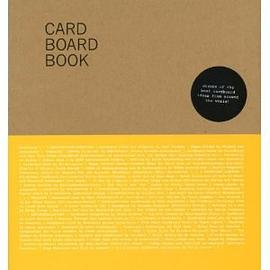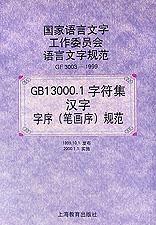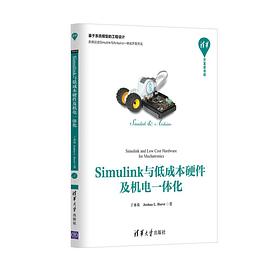

The first wooden letters for poster work were craft-produced in the 18th century. Their use spread with the expansion of commercial advertising in the 1820s; production was mechanized, and new types with increased visibility were created. Poster requirements led to the development of so-called "Norman" letters with solid downstrokes, "antiques" or lineals without serifs, and "Egyptian" types with heavy rectangular serifs. The Romantic Movement drew from this new typographic register for illustrated books and the first lithographic posters advertising their publication, and introduced the reign of the "fancy" letter with its profusion of decorative elements. The catalog entitled Spécimen de caractères en bois de la maison Bonnet probably dates from the 1860s—a period when Romantic phantasmagoria was on the decline in the structure of the letter but still prevalent in its outlines; type design was beginning to borrow from the architectural eclecticism of the age, and sometimes resembled wrought ironwork. In addition to dated products, series of surprisingly "modern" types were developed that could, somewhat ironically, be compared with those generated by the "new" digital typography. The republication of this catalog demonstrates that letters, like buildings, incarnate the spirit of an age, while preserving a timeless quality that constitutes a lasting source of inspiration.
具体描述
读后感
评分
评分
评分
评分
用户评价
相关图书
本站所有内容均为互联网搜索引擎提供的公开搜索信息,本站不存储任何数据与内容,任何内容与数据均与本站无关,如有需要请联系相关搜索引擎包括但不限于百度,google,bing,sogou 等
© 2025 book.wenda123.org All Rights Reserved. 图书目录大全 版权所有




















